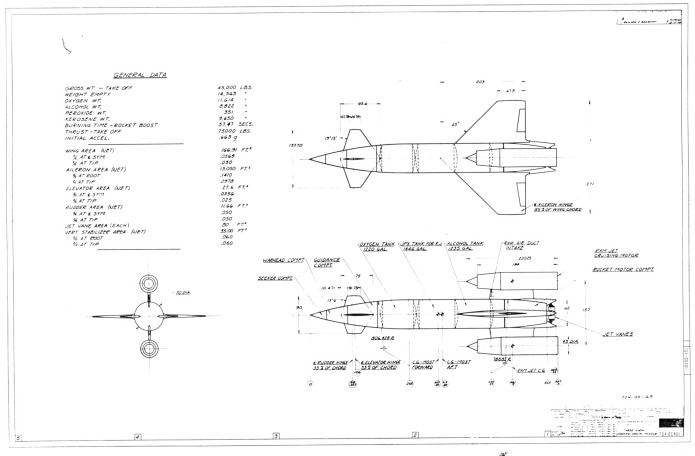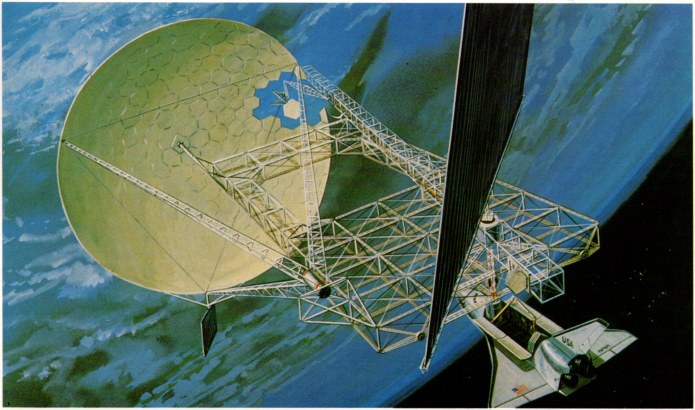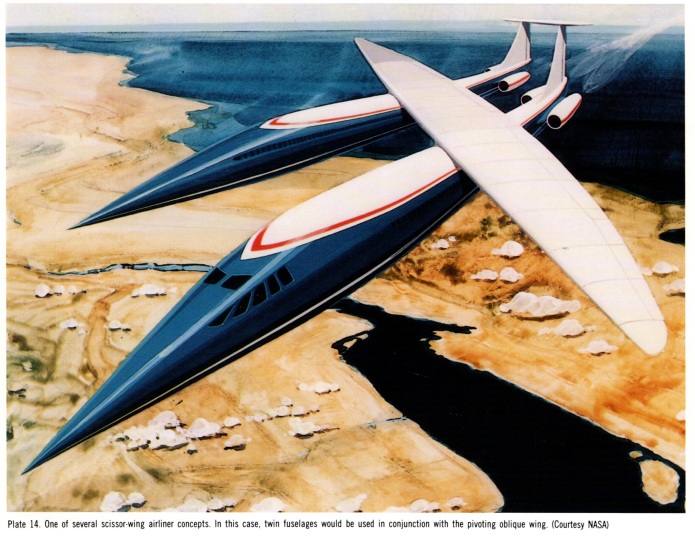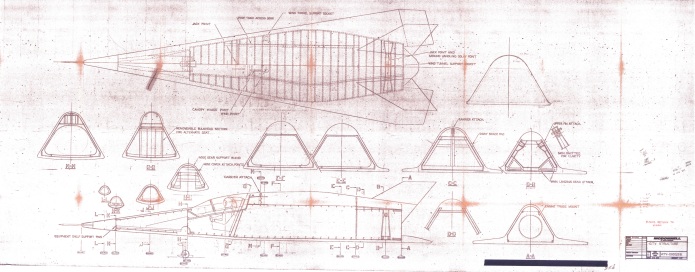Someone has been trying to sell a lithograph on ebay for a *long* time without apparent success… probably because they want $650 for it. Move that decimal place to the left, and I would stand a decent chance of buying it… but for $650, it has to be the *original* art. No way for a *small* lithograph.
The listing is:
1960s GENERAL DYNAMICS “Small ICBM” Concept Art Lithograph Print 8.5×11 RARE
It’s not from the 1960’s, but the 1980’s. It depicts a General Dynamics “Midgetman” Small ICBM concept launching from a mobile launcher; a concept the Soviets (and Chinese, and Norks) ran with, but the US never really got behind. The launcher seems very likely to be the artists fantasy; these vehicles were designed to withstand a reasonably nearby nuclear strike, and one of the ways they did that was by not having a huge single piece canopy.





